Monitoring diversity
Bird counts at the San Dieguito River Estuary have been ongoing since 2010. The estuary was the subject of a huge
habitat restoration project, and the bird counts are part of the post-restoration monitoring. Information about
the surveys can be found here. We have
Jayne Lesley, Joni Ciarletta, Mona Baumgartel, and Sue Smith to thank for agreeing to let us use their data for
this exercise!
Rather than focusing on a few species, these surveys are designed to document all of the species found within the
estuary at the time. A healthy, functioning estuary will provide habitat for a variety of species, from shorebirds
(i.e. sandpipers and relatives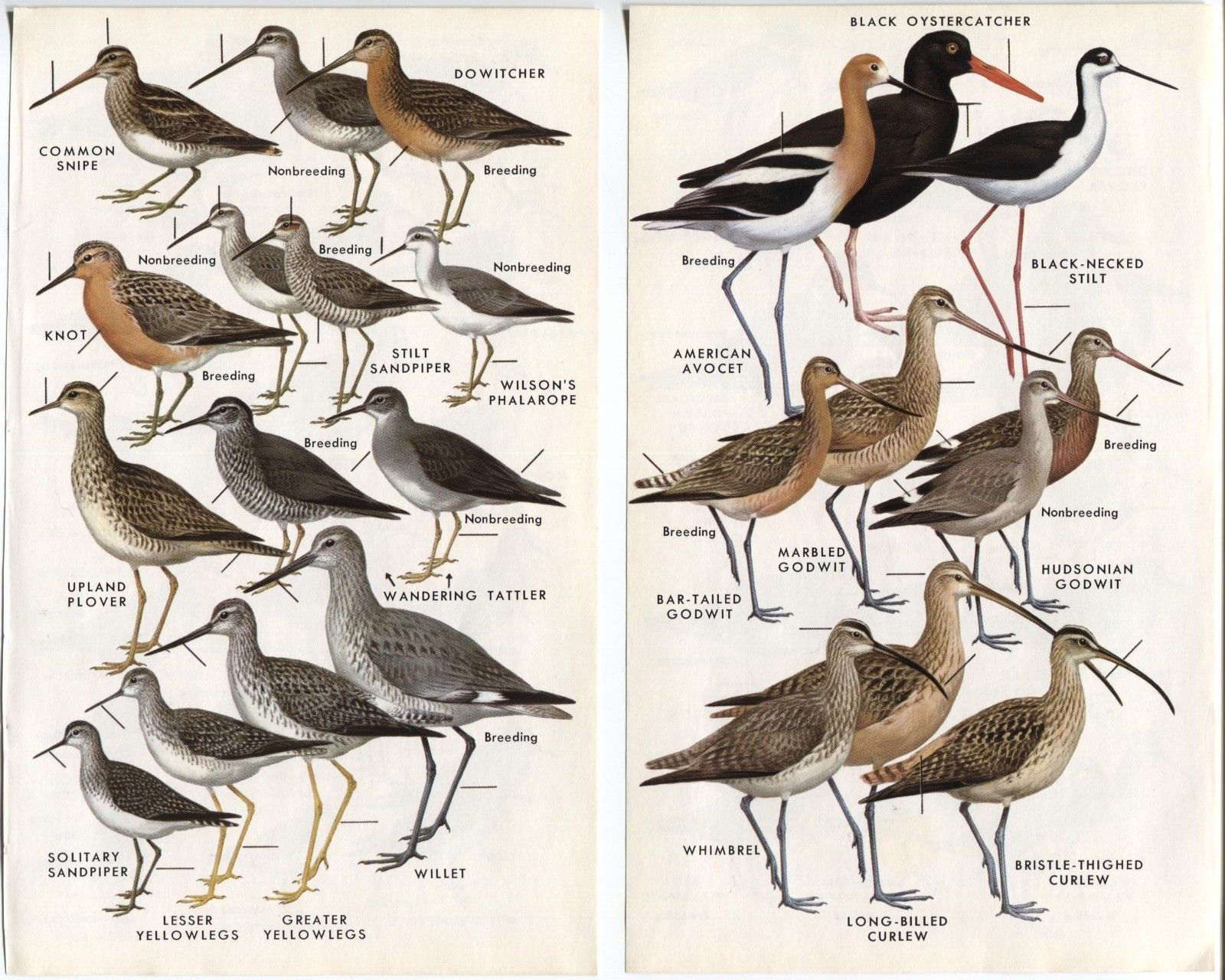 )
that feed on invertebrates on or in the mud, to wading birds (i.e. herons and egrets
)
that feed on invertebrates on or in the mud, to wading birds (i.e. herons and egrets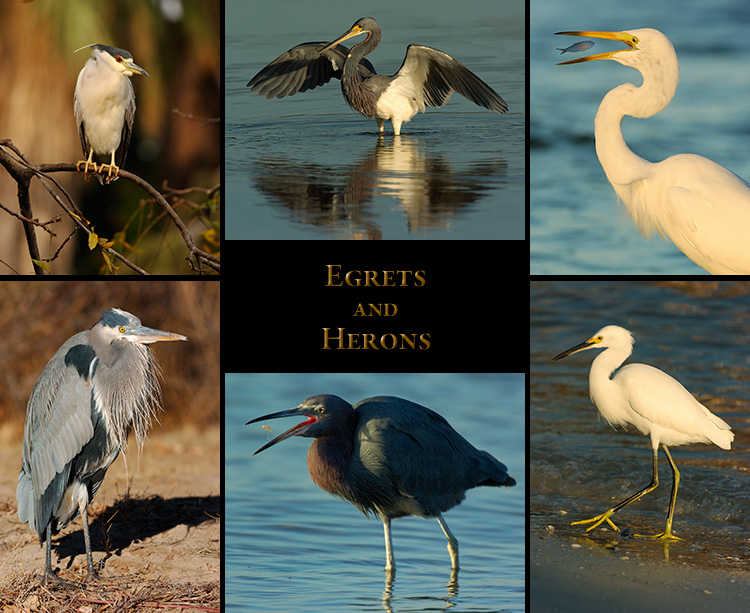 herons and egrets) that fish in shallow water, to
ducks that either dabble (i.e. feed on plants or invertebrates they can reach by tipping into the water without
diving, such as mallards
herons and egrets) that fish in shallow water, to
ducks that either dabble (i.e. feed on plants or invertebrates they can reach by tipping into the water without
diving, such as mallards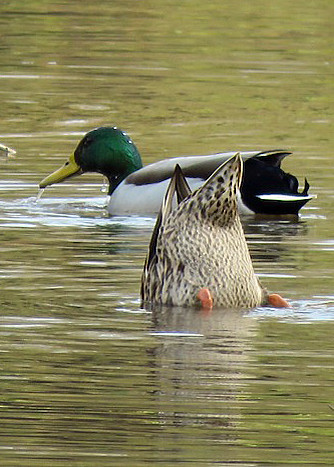 )
or dive (i.e. mergansers
)
or dive (i.e. mergansers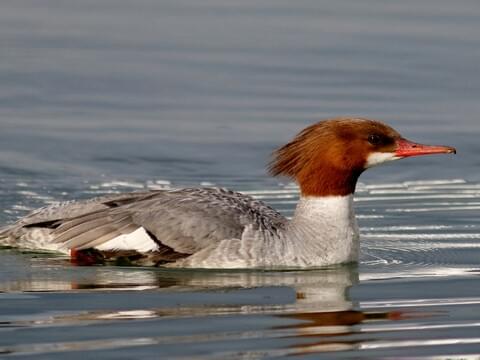 ),
to birds of prey (e.g. osprey
),
to birds of prey (e.g. osprey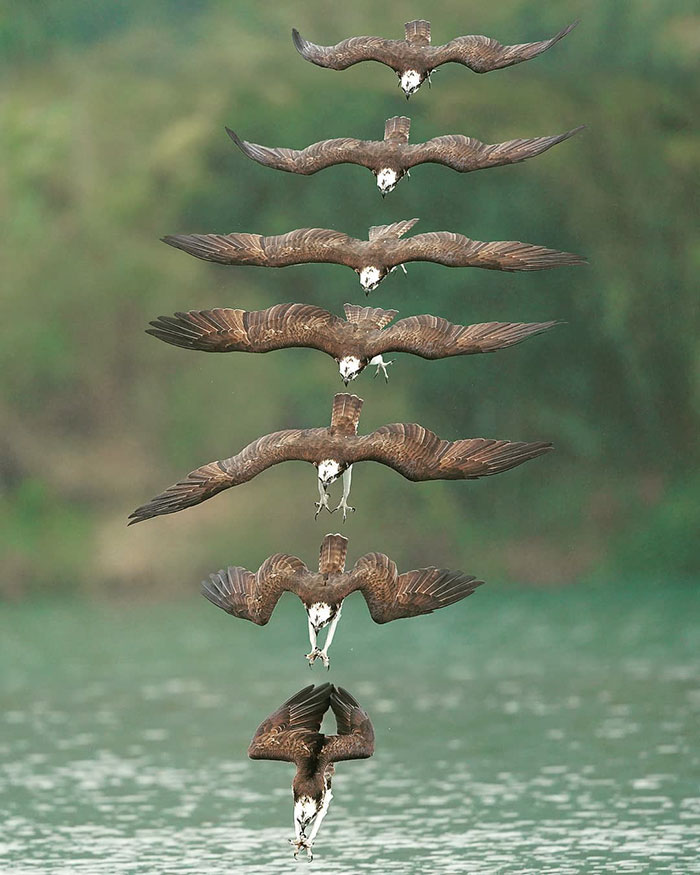 )
and terns
)
and terns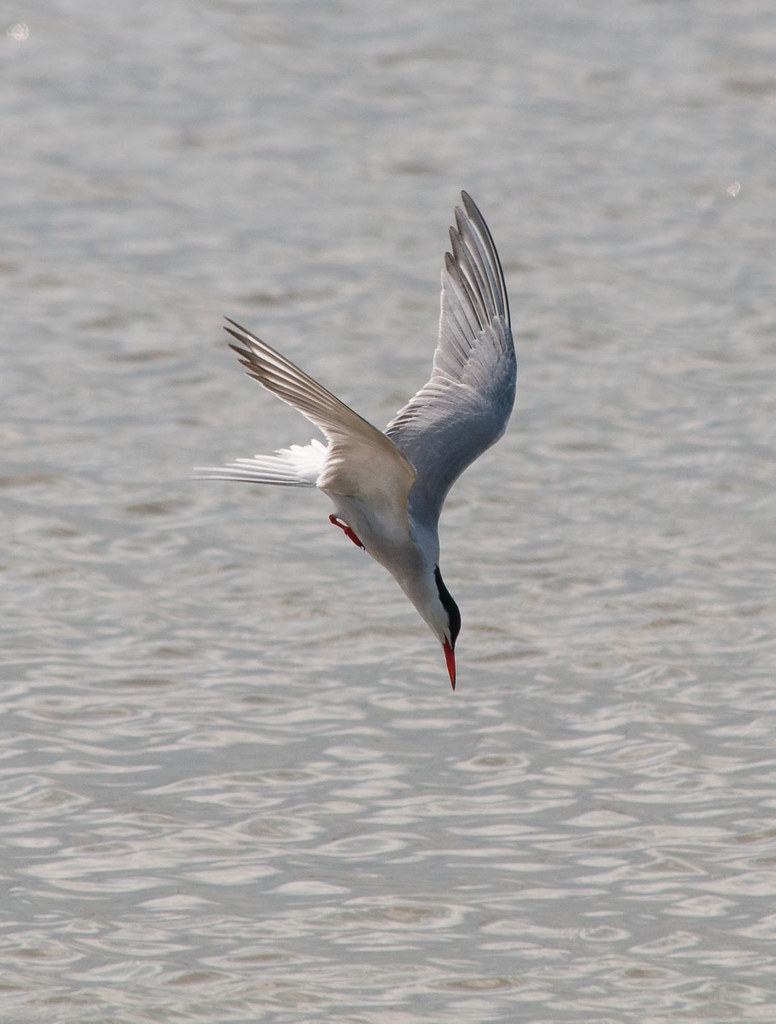 that plunge into deeper water to catch fish. The individual species matter, and community-level surveys provide
abundance data that can be used to asses trends in each species. But, for surveillance monitoring it is also
useful to assess the diversity of the community as an indicator of the health of the ecosystem. Ecosystem damage
often harms some species more than others, and may even benefit some, so measures of diversity can help identify
changes in the relative abundance of species that indicate changes in conditions that are difficult to detect by
monitoring individual species.
that plunge into deeper water to catch fish. The individual species matter, and community-level surveys provide
abundance data that can be used to asses trends in each species. But, for surveillance monitoring it is also
useful to assess the diversity of the community as an indicator of the health of the ecosystem. Ecosystem damage
often harms some species more than others, and may even benefit some, so measures of diversity can help identify
changes in the relative abundance of species that indicate changes in conditions that are difficult to detect by
monitoring individual species.
Diversity is a complex topic, because there are many different ways for an ecosystem to be diverse. We will focus
on the most common meaning, species diversity, as well as functional diversity.
To address functional diversity, we will identify guilds of species that have a common diet, and
will evaluate the diversity of species within each guild, as well as the diversity of the guilds themselves. Guild
classifications were obtained from De
Graaf et al. 1985. Using a functional characteristic of the species, like diet, helps us understand why a
change might be occurring - if, for example, all of the piscivores (i.e. fish-eating birds) are declining we would
look for problems in the fish supply.
We will use as our measure of diversity the Shannon index, which balances species richness
(i.e. the number of species present) and evenness (i.e. similarity in the relative frequencies
of the species present). The Shannon index increases when either more species are added to the community, or when
their relative frequencies are more similar - the converse is that Shannon diversity declines either when species
are lost, or when the community is disproportionately made up of one or a few of the species present.
The main shortcoming in the Shannon index is that it does not account for changes in the species composition of
the community. If all of the native species in the estuary were replaced by invasive exotic species the diversity
may not change, but the estuary's bird community would be completely different. Methods that assess changes in
species composition seek to
This exercise will be done in R Studio. Start R Studio, start a new project, and download this
data file into the project folder. Then download this Rmd file into
the project file, and open it in R Studio. The instructions are all within the Rmd file.
 )
that feed on invertebrates on or in the mud, to wading birds (i.e. herons and egrets
)
that feed on invertebrates on or in the mud, to wading birds (i.e. herons and egrets herons and egrets) that fish in shallow water, to
ducks that either dabble (i.e. feed on plants or invertebrates they can reach by tipping into the water without
diving, such as mallards
herons and egrets) that fish in shallow water, to
ducks that either dabble (i.e. feed on plants or invertebrates they can reach by tipping into the water without
diving, such as mallards )
or dive (i.e. mergansers
)
or dive (i.e. mergansers ),
to birds of prey (e.g. osprey
),
to birds of prey (e.g. osprey )
and terns
)
and terns that plunge into deeper water to catch fish. The individual species matter, and community-level surveys provide
abundance data that can be used to asses trends in each species. But, for surveillance monitoring it is also
useful to assess the diversity of the community as an indicator of the health of the ecosystem. Ecosystem damage
often harms some species more than others, and may even benefit some, so measures of diversity can help identify
changes in the relative abundance of species that indicate changes in conditions that are difficult to detect by
monitoring individual species.
that plunge into deeper water to catch fish. The individual species matter, and community-level surveys provide
abundance data that can be used to asses trends in each species. But, for surveillance monitoring it is also
useful to assess the diversity of the community as an indicator of the health of the ecosystem. Ecosystem damage
often harms some species more than others, and may even benefit some, so measures of diversity can help identify
changes in the relative abundance of species that indicate changes in conditions that are difficult to detect by
monitoring individual species.